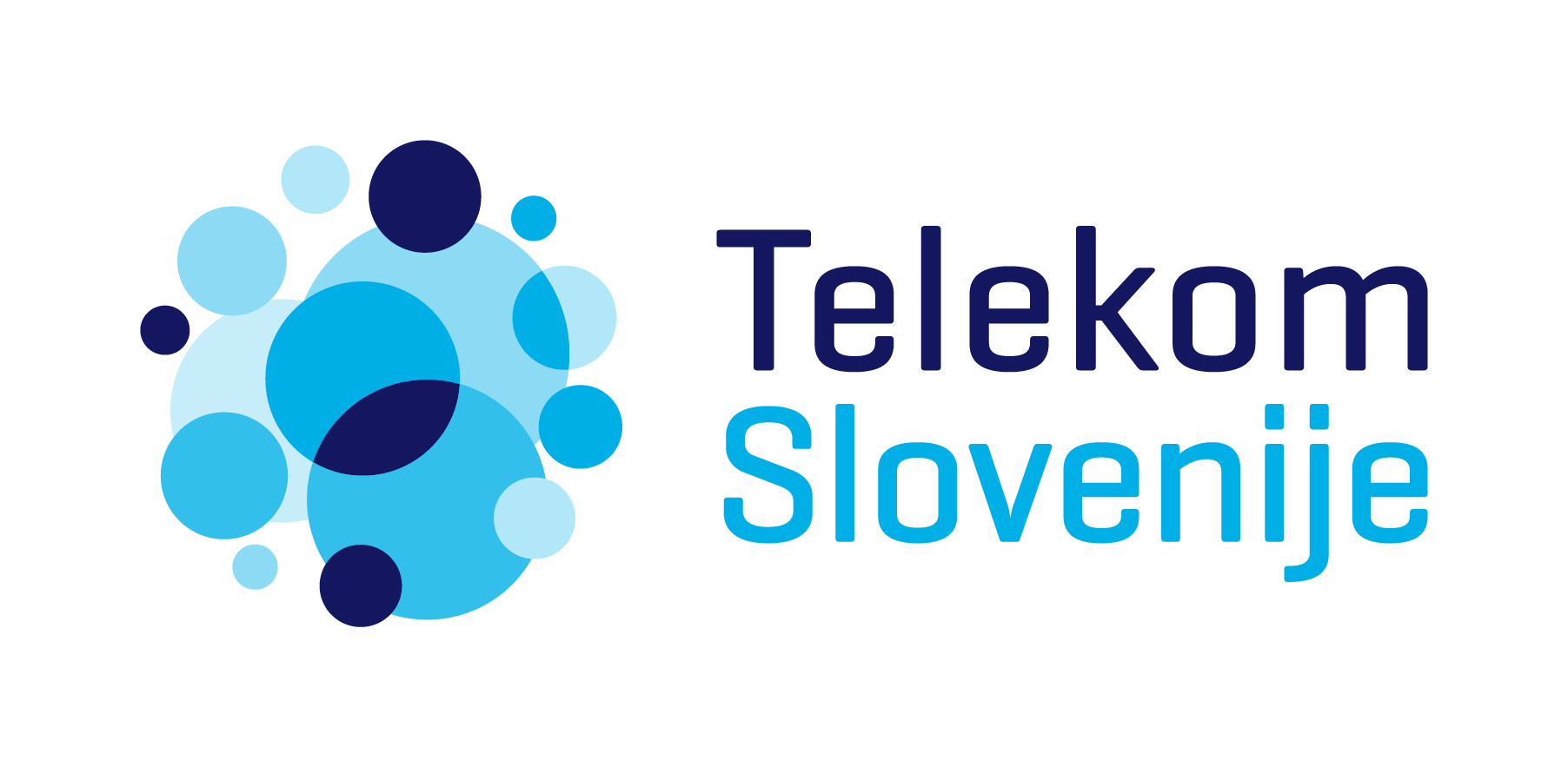I have been working in the field of recruitment for more than 15 years. I am happy to see that since the last financial crisis, our attitude towards creating employee-friendly workplaces has greatly improved.
I believe there are two key factors that companies have been struggling with in this time that contributed to this change in attitude – trying to retain the best employees and trying to attract new ones. If our best people leave us, we lose our main asset; if we are unable to attract new talent we cannot develop and grow as an organization. We have therefor started investing in our employees and attempted to make them the center of our organizations. We give them more freedom in their work, but we also expect more from them. We reward complete dedication and going above and beyond. We empower them by giving them more responsibility and decision-making power, which increases their perception of belongingness to the organization. With all of today’s technology and mobility they are available to us at all times. But with every such change, if not handled properly, negative side effects can arise – and they did.
Stress and burnout – key reasons for why people leave
We all want our employees to be dedicated and hard-working. It increases our productivity, growth, creativity and profitability. These employees give us more than we ask of them because that is what they want to do – they are motivated and driven. However, by doing so they often go too far and can push themselves to the point of burnout. Do we want our employees to lose sense of their own limitations? At what price? As I’m about to show you, this price is most often too high and we currently do not have the right tools to deal with the consequences of burnout and too much stress.
What do studies show?
It is interesting to see that those employees that are the most dedicated and that we value the most are also those that are the most prone to experiencing burnout and high levels of stress. Yale University (the Yale Center for Emotional Intelligence, in collaboration with the Faas Foundation) recently came out with a study exploring the correlation between levels of dedication and amount of burnout among 1000 employees in the US. They found that some dedicated employees seem to suffer no negative consequences, however, 1 in 5 does experience severe levels of burnout. 20% of our dedicated employees experiencing burnout is something we cannot simply ignore.
In 2017 Kronos and Future Workplace “Employee Engagement Series” conducted a study that found that 95% of HR managers and experts pointed out burnout as the main challenge their organization is facing. The two main factors contributing to burnout appeared to be too low of a salary and working too much. Additional contributing factors are also bad leadership (30%), an unclear correlation between the role of an individual and company’s strategy (29%) and a negative organizational culture.
As we can see, burnout is becoming a serious problem and is slowly turning into an actual epidemic.
Why should we take burnout seriously?
Burnout of our employees has a direct impact on our organizations. It results in more absences, smaller productivity and thus higher expenses for the employer. Employees can show signs of burnout both on a psychological and on a physical level. Even though they enjoy their work and the challenges that come along with it, working too much and not taking enough breaks can cause them serious problems. They begin to lose concentration and even though they take on more and more work – they produce less and less. While they might start off as our star employees that we can be nothing but proud of, by continuing this way they are just like a ticking time bomb, ready to explode at any time.
In my work I meet a lot of different people. I am sad to say that the number of employees who are on the verge of burning out appears to be increasing. There are many of those who are constantly under great amounts of stress and it is only a matter of time to see when they will break under the pressure. When it comes to their employers they do not seem to notice it and also show no indication of being open to having such conversations with their employees. At the start I mentioned we began “putting our employees in the centre of our organizations”. While we may have done so physically and on paper, we still fail to view them as people, with their own needs, desires and emotions. As long as they do their work, and do it above average of course, we are happy – that is where our input stops. What is happening to them in their heads and their personal lives does not concern us.
It all starts at the top – leading with empathy
As we can see, burnout is becoming one of the key challenges companies will be facing in the future.
We are going to have to put more emphasis on trying to prevent burnout from happening in all aspects of our organizations. With today’s fast tempo of living and the complexity of work, which don’t allow for our employees to “switch off”, they need our support and encouragement to also take care of themselves. As an organization we need to offer them help in maintaining the right work-life balance and taking care of themselves, both physically and mentally.
And how do we begin? By setting an example. As with most such issues, leadership is the key element. If we ourselves do not take breaks, go on vacations or stay in our offices during late hours and weekends and send emails in the middle of the night, we can hardly expect our employees to act any differently. If that is the example we set, that is what they will believe is also expected of them.
A good leader is one that can listen to people, observe them and see whether they are going beyond their limits and tiring themselves out. A good leader is one that views employees in the first place as human beings, not money-making machines. We are all human and we all have bad moments, bad days, troubles in our personal lives and it is stupid to think these factors will not influence us in the working environment as well. In Slovenia there are still many managers and leaders that lack the very basic competencies of leading. The next step will then be to turn these managers and leaders into coaches with empathy and a human approach to managing and leading. It is crucial we give our employees realistic goals and give them enough support to be able to reach them.
I often hear that I am too much of an idealist and that work should be work, separate from out private lives. But what is currently going on in the world of work is making me think I might be right after all. It might not happen right away, but I remain hopeful that companies will become more humane and emphatic. I hope there will come a time when viewing our employees as human beings will not be the exception, but the norm.



